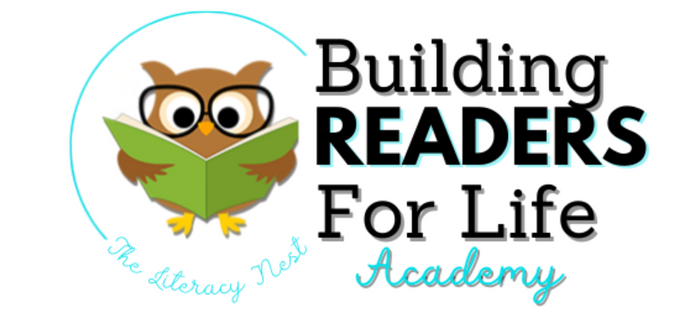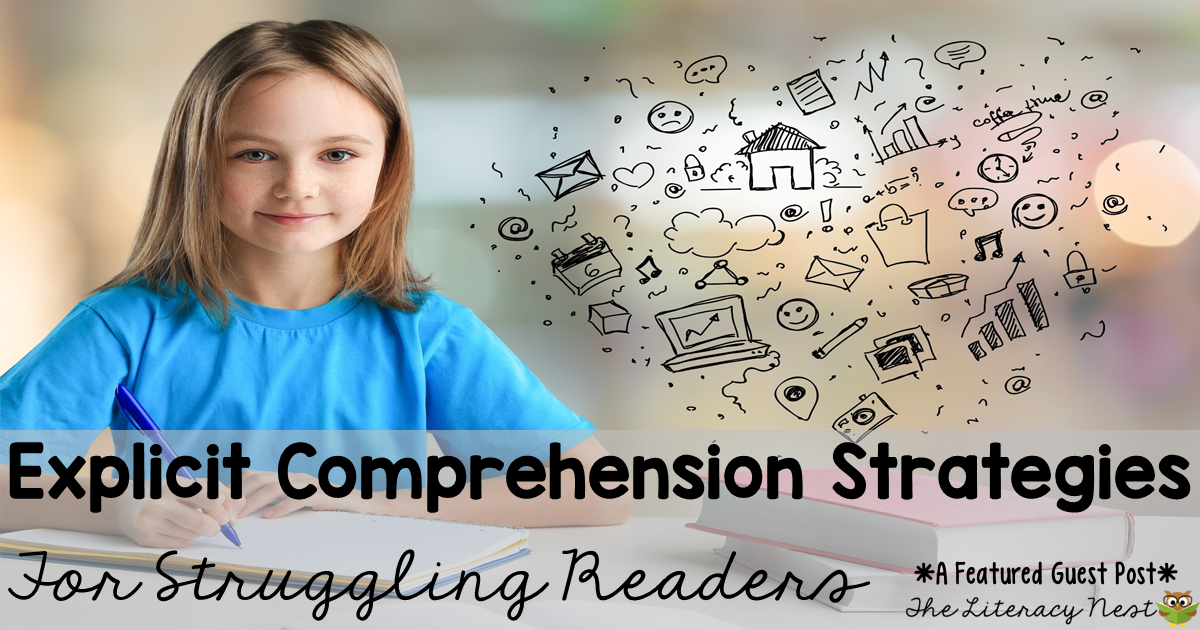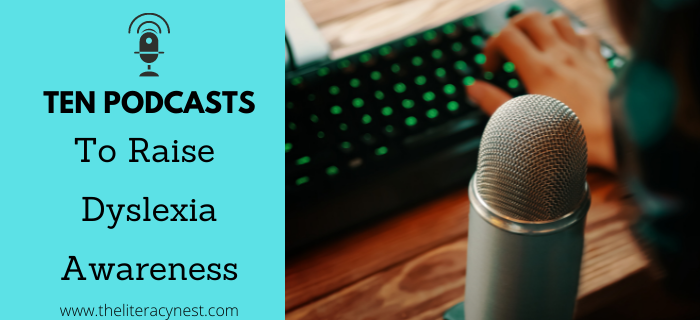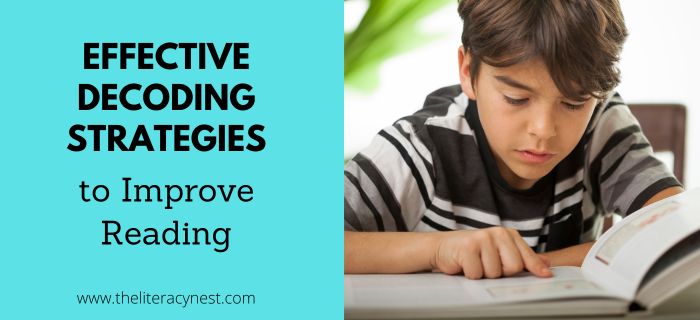5 Tips for Supporting Challenged Readers at Home
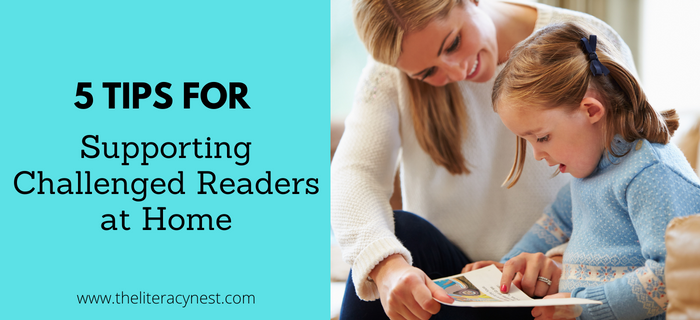
Parenting is full of challenges. Some of these challenges, such as homework, or supporting challenged readers, frequently turn into battles. For kids with reading difficulties, battles over homework and reading logs can be a particular problem. Parents often seek out my tutoring services because of the very unpleasant dynamic that has emerged when they try to help their children themselves or assist them in completing expected homework. I see so many children that are truly feeling defeated at younger and younger ages.
The problem for parents becomes: How can I help my child grow as a reader without causing them to become overwhelmed? How can I give them support without triggering a meltdown?
Hear directly from a college student diagnosed with dyslexia at age 8 in Season 1, Episode 7 of the Together in Literacy Podcast: Hope’s Journey.
Whether your child struggles with ADHD, dyslexia, or another neurodivergence, they work incredibly hard all day at school. They must hold themselves together and engage in activities they find very difficult and exhausting. One of the things they most need from parents and family is a soft place to land at the end of the day.
For more information about dyslexia, read Conquering Dyslexia: A Guide to Early Detection and Intervention for Teachers and Parents by Jan Hasbrouck Ph.D.
My best advice is to shift your role from that of the teacher to a book enthusiast and cheerleader. As parents, we can outsource the teaching to a tutor and focus our energy on building a love of books and stories, keeping them supplied with reading material, and being a good support person when they are reading.
Here are Five Strategies You Can Use to Support Your Challenged Reader at Home:
Tip #1: All reading counts!
One of my students was very excited to read Diary of a Wimpy Kid and other graphic novels. His reading skills were hard-won, and he was finally at a point where he was excited about being able to read these books independently. Unfortunately, his teacher said those were “candy books” and he needed to choose higher quality literature.
Please don’t make this mistake. All reading counts. Comic books, graphic novels, magazines, blogs, recipes, and training manuals all have value as reading practice. If your child has a problem like this, you can be their champion by having their back that all reading counts.
Tip #2: Ear reading is real reading!
Along with recognizing that all reading counts, it is important to recognize that audiobooks are valuable for struggling readers. Ear reading is real reading.
By far, the most successful students I see for tutoring are those who make audiobooks a regular part of their life.
They can read the books that their peers are excited about. They are being exposed to age-appropriate vocabulary and concepts and engage in more advanced comprehension skills because the audiobooks free them from the hard work of decoding. Many times, having listened to a book is a perfect foundation to come back and read a book independently in the future. Audiobooks are often available from local libraries or via subscription services such as Audible.
Don’t stop reading aloud to your child. This cozy and positive association with books and reading helps build life-long readers.
Tip #3: Give your child plenty of thinking time.
It can be difficult to know what to say when your child is reading to you and they get stuck on a word. If we go back to our primary role as cheerleader, what we don’t say almost becomes more important than what we do say.
Give your child plenty of thinking time. Look where they are looking and at their body language. It may be better to ask if they need help rather than jumping in.
Perhaps the biggest mistake adults reading with children make is saying, “You know that word!” This often happens with irregular sight words like was or were. I have caught the words on the tip of my tongue, so I realize this is easier said than done.
The problem with telling the child they know a word is the emotional impact. Chances are good the child knows that they should know the word. They may be very aware that it is a word they’ve had extensive practice with, but for whatever reason, in this moment they don’t know the word. Pointing out that they should know it is only going to increase their anxiety and make retrieval from memory more difficult.
Instead, try saying something like, “You have read this word before. Try tracing the letters to help you remember.” Be aware of words that don’t follow expected patterns. Names are often tricky. Avoid asking children to sound something out that doesn’t follow the rules.
Err on the side of caution and tell your child the word so they can move on with the story. Prompt your child to recognize patterns they have learned, use your finger to help them divide longer words and if they need just a hint remind them of the sound a letter combination makes in this word.
Give your child lots of praise when they figure something out and talk to them about the book with enthusiasm. This is not a quiz. Think of it more like talking with a friend about your latest reading over a cup of coffee.
Tip #4: Help your child find books about topics they love!
Help your child find their passion or niche and then find books about that topic. Do they love baseball? Sports-oriented stories may be just their cup of tea. Is your reader wild about wild animals? Nonfiction wildlife books may be fascinating and motivating. If they enjoy crafts, perhaps how-to books would be of interest. Are they fond of making people laugh? Joke books could be just right. If they love superhero movies, comic books might be particularly engaging.
Tip #5: Have a collection of decodable books at home.
Decodable books can be hard to find, but saving reproducible books your child gets from their tutor or from school can build a small library. Asking for recommendations can help guide purchases. Ask your local library to stock decodable books in the children’s section. Rereading books is great practice and helps your developing reader gain confidence.
You can check out some of my favorite decodable books here: Decodable Books: Toucan Series (Grades 2-4).
For more tips on reading with your child, decodable e-books, and resources to share with your local library, check out the Teach My Kid to Read Initiative.
Looking for even more tips for supporting challenged readers? Read Early Literacy Tips to Support Language Development at Home.
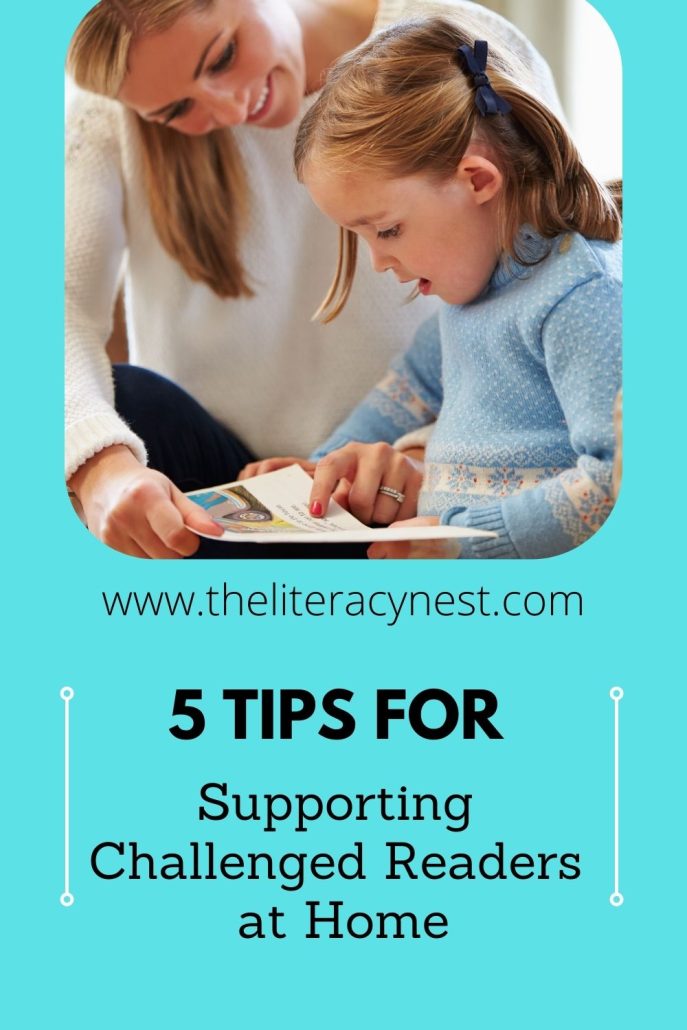
To learn more about how you can help support your challenged reader at home, sign up for Building Readers for Life Academy. Both educators and families are welcome!
Building Readers for Life Academy is a monthly membership program that empowers educators AND families by diving into structured literacy and strategies for ALL learners. With BRFL Academy, you’ll learn what it takes to help EVERY student become a reader for life.

